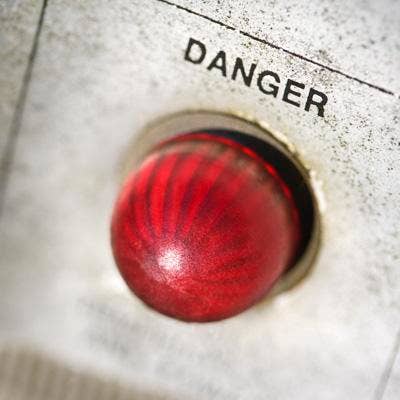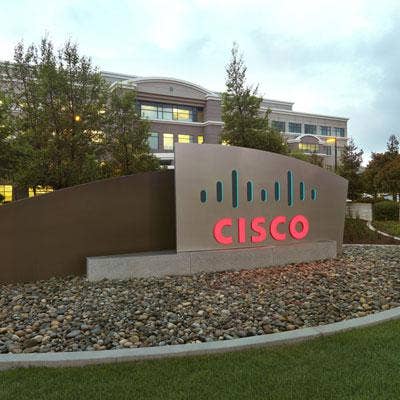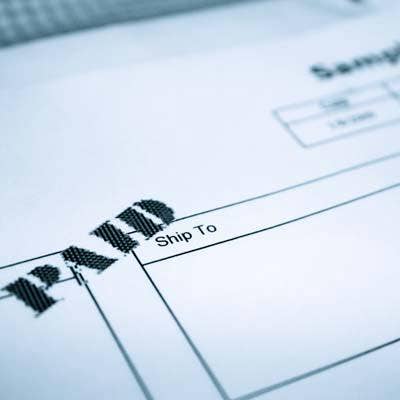8 Reasons Partners Like (And Don't Like) Cisco's New Enterprise Licensing Agreements

Cisco ELA 2.0
Cisco channel partners are highly optimistic about the networking giant's new enterprise-wide software licensing agreements unveiled last week. They said if done correctly, the ELA's could be a game-changer for the channel and be a critical piece in Cisco's push to becoming a more software-centric company.
The San Jose, Calif.-based network leader said the new Enterprise Agreement (EA) is either a three or five-year licensing contract which will enable partners to bring in more revenue, with a lower upfront investment on software, hardware, and services with the new EAs.
After looking over the details in Cisco's new EA, partners sound off on what they like and don't like about the software licenses.

Like: Lowered Upfront Investment
One of biggest highlights partners are cheering about is how Cisco lowered the upfront investment on the new EA's, which opens up midmarket opportunities. Solution providers said the barrier to entry for a typical Cisco ELA for customers was previously a few million dollars. However, with the new EA, Cisco has dropped that price point down to as low as $250,000, according to solution providers.
"We would position this for the midmarket and above. It's the right move for Cisco to lower the entry point," said Faisal Bhutto, vice president of enterprise networking, cloud and cybersecurity for Computex Technology Solution, a Houston-based solution provider and Cisco Gold partner.

Don't Like: Sub-Specializations
Partners said if Cisco wanted to hit the ground running, it should cut out the sub-specializations needed to sell certain EA's licensing.
In order to sell a EA, partners need to own a Cisco advanced architecture specialization in the specific technology segment – either collaboration, security and Cisco ONE infrastructure. For example, partners wanting to sell a collaboration EA must own an Advanced Collaboration Architecture Specialization.
However, there are also some sub-specializations partners need to obtain to sell a specific EA. For example, to offer the Customer Collaboration Suite, partners need to be a certified Authorized Technology Provider (ATP). A partner is required to be a Cisco Contact Center APT to sell a contact center EA, as another example.

Like: Easier Sell In Education Market
The multi-year agreements lead to better budget predictability for IT departments, which is key for the education market, making the EA appealing for partners.
"Cisco's looking to try to use this [for] some E-Rate mechanisms for K-12, which is how schools get their networking funding right now," said one top executive from a Cisco Gold partner based on the East Coast, who declined to be named. "They're looking to use this to create multi-year agreements so that the schools don't feel like they'll lose out on upgrades after so many years with the equipment – that's makes it easier to sell. They use to have to try to pre-buy [Cisco] Smart Net and by doing this, this will give [schools] a much more manageable mechanism for that."

Don't Like: Could Complicate Sales Process
Although Cisco said the new EAs make it simpler to purchase software licensing since it will all be under one agreement, one partner said this process could hit some road bumps within Cisco's separate business units and slow down the sales process. The EA technology portfolio spans Cisco's collaboration, security and infrastructure – Cisco ONE – solutions.
"I'm worried about it because I have seen it before, infighting between the different business units," said one top executive solution provider and longtime Cisco partner, who declined to be named. "I hope the conflicts of [compensation] between the business units does not dilute the overall simplification process, because it's definitely a possibility with everything being put into one agreement."
"The security BU says, 'Well this is how we're pricing our ELA.' Then the collaboration guys are like, 'Well this is how we're pricing it.' Then nobody comes to term," said the executive. "Cisco needs an overarching authority that says, 'This is how we're going to do our licensing everybody.' Then everybody gets a credit for it accordingly ... They still have to prove that they can do that."

Like: Full-Stack Sale
"This is designed so that partners will go sell the whole stack," said Michael Knight, president and CTO of Encore Technology Group, a Greenville, S.C.-based solution provider and Cisco Gold partner. "Cisco's trying to drive a lot of the benefit with security. So as they continue to integrate their security IP with all of their products, this is a great way for partners to be able to drive a full ecosystem sale."
Solution providers can sell a single agreement for one suite or a combination of suites around collaboration, infrastructure and security.

Like: "True Forward" Provisioning
One highlight from the new EA that partners think should have received more fanfare is what Cisco dubs "True Forward" provisioning. This feature in the agreement includes 20 percent more licenses that customers can use towards unforeseen growth without the need to purchase more licenses. If the customer grows beyond the 20 percent allowance, they will not be billed retroactively for any overuse.
"So that's a 20 percent buffer that the customer won't get billed for it again – that's attractive," said Computex's Bhutto. "If someone wants to turn on a feature on Cisco ONE or try out some new collaboration functionality, they can without worrying about working with their procurement offices and buying 50 licenses. That's a painful process."

Like: License Management Portal
Partners are optimistic about the new License Management Portal included in the new EAs. The online license portal allows customers to view what licenses have been purchased, deployed or are due for renewal.
"If they do it correctly and they really get it to a [Cisco Meraki] level where customers can see exactly what they're inventory is, where Cisco ONE is giving details about all of their devices and showing levels of support, what current licensing is there – those types of things – then it's a great move," said the East Coast partner.

Like: More Firepower Against Microsoft ELAs
Partners said the Cisco EA gives the channel a new go-to-market sales strategy to better compete against Microsoft in the enterprise and midmarket. Computex's Bhutto said only large Microsoft partners primarily sell its ELAs, which is not the same path Cisco appears to be going down.
"If Cisco's going to get into this game, they cannot restrict it how Microsoft does to where only large VAR's can sell it. And it looks like the [Cisco EA] criteria is basically allowing all Gold partners to go out and do it," said Bhutto. "This EA is the right thing to do."